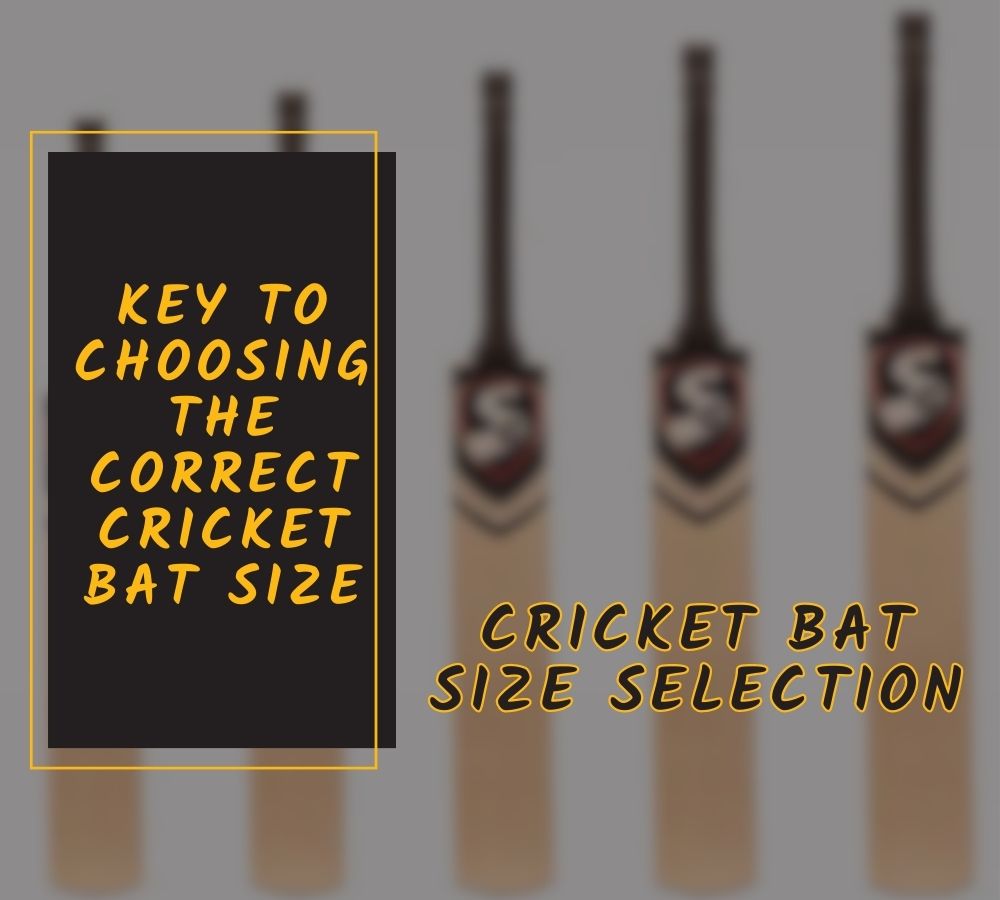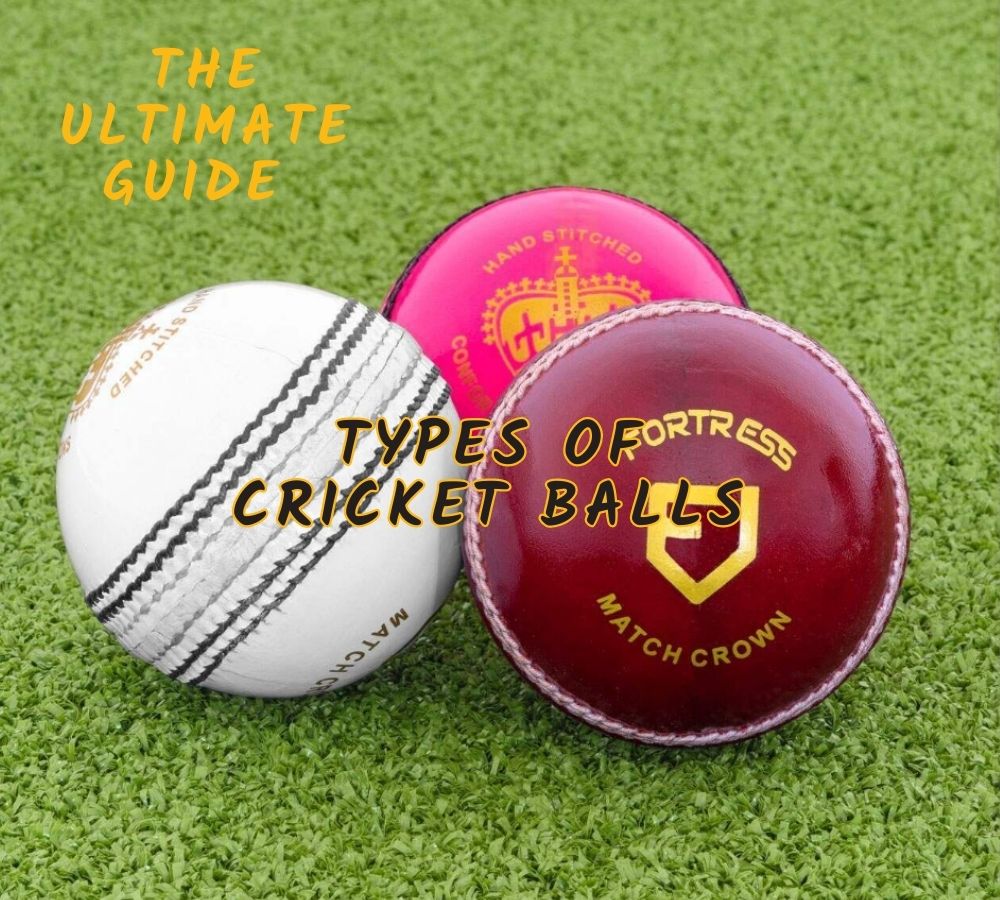The pitch of cricket ground is not just a strip of land; it is a canvas that sets the stage for battles between batsmen and bowlers, spinning mysteries and unveiling challenges.
Understanding the pitch conditions is crucial so that the cricket teams can make informed decisions, formulating strategies, and ultimately gaining an advantage in the game.
In this article, we will delve into the intricacies of how to read a cricket pitch, exploring the factors that come into play and unveiling the clues that can unlock success on this hallowed turf.
How to Read the Cricket Pitch?
Reading a cricket pitch is an essential skill for players, captains, and coaches to assess the conditions and strategize accordingly. Several factors contribute to understanding different types of cricket pitches, including the amount of grass, compaction, and moisture content. Let’s explore each of these factors in detail:
Amount of Grass:
The amount of grass present on a pitch significantly influences the behavior of the ball. It can range from a lush green surface to a bare or dry pitch.
- Lush Green Pitch: A pitch with a generous covering of green grass generally offers assistance to fast bowlers. The grass provides grip and helps the ball to seam and swing. Batsmen may find it challenging to face deliveries with unpredictable movement.
- Sparse Grass or Dry Pitch: A pitch with minimal grass coverage or a dry surface tends to be more favorable for batting. The ball comes onto the bat more predictably, reducing movement off the pitch. Batsmen can play their shots with confidence.
Compaction:
Compaction refers to the density and firmness of the pitch’s surface. It determines how the ball behaves upon bouncing and rolling on the pitch.
- Hard and Firm Pitch: A hard and firm pitch can offer consistent bounce, allowing batsmen to play their shots with assurance. However, it may assist fast bowlers, as they can generate extra pace and bounce.
- Soft or Loose Pitch: A pitch with softer or loose soil tends to slow down the ball’s pace and bounce. This can make stroke-making difficult and provide an advantage to spinners, as they can extract turn from the surface.
Moisture Content:
The moisture content on a cricket pitch is crucial and can greatly influence the behavior of the ball.
- Moist Pitch: A pitch with moisture content can assist fast bowlers by providing extra movement off the surface. The ball may seam and swing more, making it challenging for batsmen to judge and play their shots.
- Dry Pitch: A pitch with low moisture content tends to be more favorable for batting, as the ball comes onto the bat more evenly. Spin bowlers may also find assistance on dry pitches, as they can exploit any rough patches or cracks to generate turn.
Cracks
Over the course of a match, especially in longer formats like Test cricket, the pitch can develop cracks due to the wear and tear caused by bowlers’ footmarks and the impact of the ball. These cracks can significantly affect the behavior of the ball.
- Wide and Deep Cracks: Wide and deep cracks can create challenges for batsmen as the ball tends to deviate unpredictably after bouncing off them. It becomes difficult to judge the line and length accurately, leading to potential dismissals.
- Straight Cracks: Straight cracks can offer opportunities for both fast bowlers and spinners. Fast bowlers can exploit these cracks to generate variable bounce and movement, while spinners can target them to extract sharp turn.
Rough Patches
Rough patches on the pitch occur when the ball repeatedly lands in the same area, causing the grass or topsoil to wear away. These areas tend to be drier and less compact than the rest of the pitch, creating additional challenges.
- Impact on Spinners: Rough patches provide spinners with an advantage as they can generate significant turn from these areas. By pitching the ball into the rough, spinners can make it difficult for batsmen to read the turn and play their shots confidently.
- Variable Bounce: The uneven surface created by rough patches can lead to variable bounce, making it challenging for batsmen to predict the trajectory of the ball. This can result in mistimed shots or edges, leading to wickets for the bowlers.
Unevenness
Any general unevenness across the pitch, such as lumps or depressions, can affect the bounce and trajectory of the ball.
- Inconsistent Bounce: Uneven areas can cause the ball to deviate erratically after bouncing. Batsmen may struggle to judge the pace and movement accurately, making shot selection and timing more challenging.
- Tactical Opportunities: Bowlers can strategically target these uneven areas to exploit the uncertainties they create. By aiming to land the ball on or around such spots, they can create difficulties for batsmen and increase the chances of dismissals.
It’s important to note that the condition of the pitch can change over the course of a match. Factors like weather, wear and tear, and pitch preparation techniques can all influence the pitch’s behavior as the game progresses.
Ultimately, reading a cricket pitch requires a combination of experience, observation, and understanding of the various factors at play. It allows teams to adapt their game plans and exploit the conditions to gain a competitive advantage.
How Does Weather Impact the Pitch of Cricket Ground?
Here are some bullet points explaining how weather conditions can impact the cricket pitch:
Rainfall or high humidity can increase the moisture content of the pitch, making it difficult for the ball to bounce and carry through to fielders.
- Wet or damp pitches assist seam bowlers in generating movement, such as seam and swing, due to the ball gripping the surface.
- Overcast conditions after rain can create ideal conditions for swing bowling, as the moisture in the air and on the pitch helps the ball swing in the air.
- Hot and dry weather can cause the pitch to dry out quickly, resulting in a harder and more compact surface that offers even bounce and favors batsmen.
- Excessive heat and dryness can lead to the formation of wider and deeper cracks on the pitch, which can create unpredictable bounce and assist spinners in extracting turn and bounce.
- Windy conditions can influence the ball’s flight and affect its trajectory and swing.
- A strong crosswind can aid swing bowlers by helping them generate more movement in the air, making it challenging for batsmen to judge the line and length accurately.
- The direction of the wind can impact the preferred ends for certain bowlers, as they may want to bowl with or against the wind to maximize swing or control.
It’s important to note that weather conditions can change during a match, and teams need to monitor and adapt to these changes accordingly. The impact of weather on the pitch is a crucial factor that players and teams consider to assess the behavior of the ball and adjust their strategies for optimal performance.
Tips to Avoid While Reading the Pitch to Avoid Bad Decision
While reading a cricket pitch is important, it’s equally crucial to avoid certain pitfalls that can lead to bad decisions. Here are some tips to avoid while reading the pitch:
- Jumping to Conclusions: Avoid making snap judgments based on the appearance of the pitch alone. Take your time to observe and assess multiple factors before forming a definitive opinion.
- Ignoring Recent History: Consider the recent history of the pitch and how it has behaved in previous matches. This can provide valuable insights into its characteristics and any patterns that may exist.
- Overemphasizing a Single Factor: Avoid placing too much importance on just one factor, such as grass coverage or cracks. Remember that pitch behavior is a result of multiple elements working together, so consider the overall picture.
- Neglecting Weather Conditions: Don’t overlook the influence of weather conditions on the pitch. Weather can significantly impact pitch behavior, so factor in elements like rain, humidity, wind, and heat when assessing the pitch.
- Disregarding Match Context: Consider the match format, team strengths, and playing conditions specific to the game at hand. These factors can influence how the pitch is likely to behave and the strategies that may be effective.
- Not Adapting to Changing Conditions: Pitch behavior can evolve throughout a match, especially in multi-day games. Continuously monitor the pitch’s behavior and adapt your strategies accordingly as the game progresses.
- Disregarding Opposition Analysis: Study the strengths and weaknesses of the opposition team and how they align with the pitch conditions. This can help you devise effective strategies to counter their strengths or exploit their weaknesses.
By avoiding these pitfalls and approaching pitch reading with a comprehensive and holistic mindset, you can make more informed decisions and increase your chances of success on the cricket field.
Quick Guide to Read Cricket Pitch Behavior
| Pitch Type | Pitch Behaviour | Suitable For |
| Green Pitch | Significant grass coverage, moisture | Fast bowlers, challenging for batsmen |
| Flat Track Pitch | Even surface, predictable bounce | Spinners and seamers, good batting |
| Dry Pitch | Dry surface, potential for turn | Spinners, good batting |
| Dead Pitch | Lack of pace, bounce, and movement | Balanced for both |
| Dusty Pitch | unpredictable bounce | Spinners, good batting |
| Wet Pitch | Saturated with moisture, reduced pace | Seamers, challenging for bastmen |
What is the worst and best pitch for batting?
Worst Pitch for Batting:
- Green pitch (with grass and moisture)
- Dusty pitch (with unpredictable bounce)
- Spinning track (with significant turn)
Best Pitch for Batting:
- Flat track (with an even surface and predictable bounce)
Please note that these assessments are general and can vary based on individual player skills and match conditions.
What is the worst and best pitch for bowling?
Worst Pitch for Bowling:
- Flat track (even surface, predictable bounce)
- Dead pitch (lacking pace, bounce, and movement)
Best Pitch for Bowling:
- Green pitch (grass coverage, moisture)
- Spinning track (significant turn)
Please keep in mind that these assessments are general and can vary based on factors such as bowler skill, pitch preparation, and match conditions.
Conclusion
Mastering the art of reading the pitch requires experience, keen observation, and an understanding of the game’s nuances. By honing this skill, players can better position themselves for success, capitalize on favorable conditions, and navigate the challenges posed by different types of cricket pitches.
In this article, we have provided all the information necessary to help you read the pitch properly. We hope this information will guide you through your gaming decisions.
If you have any queries, write to us in the comment section below. We will revert to it as early as possible.




